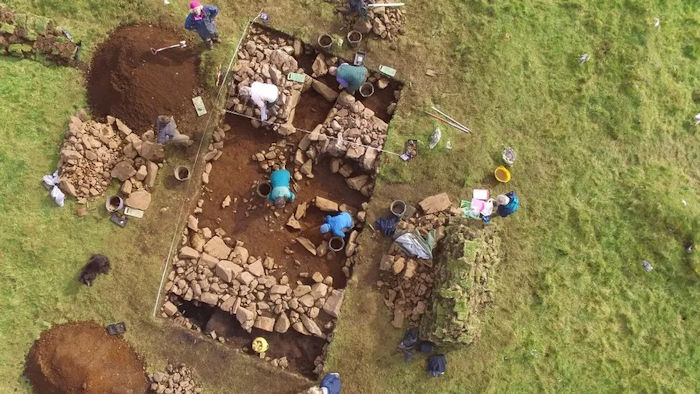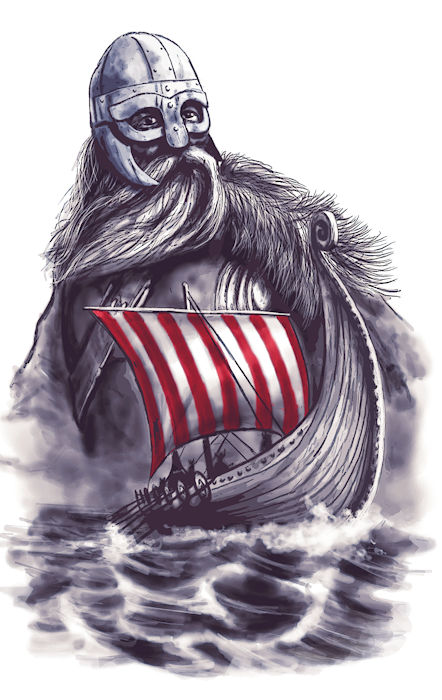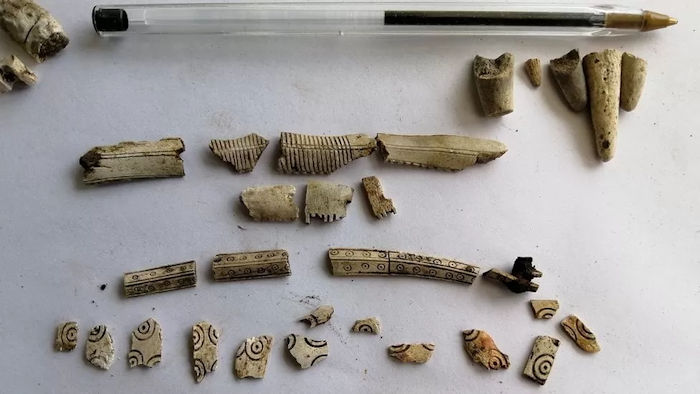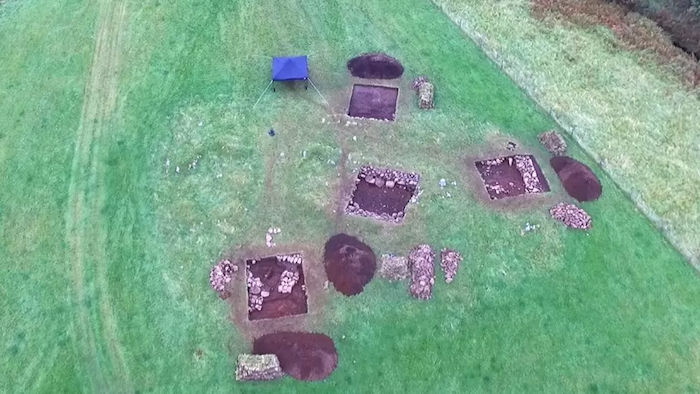Conny Waters – AncientPages.com – Famous for the natural beauty and stunning wildlife, the beautiful Isle of Mull in Scotland is the second-largest island of the Inner Hebrides after Skye. Archaeologists now have a possibility to investigate two curious elongated mounds near Lephin that may be connected to Vikings on the island.

Evidence of Viking presence may be found on the Isle of Mull. Credit: Argyll Archaeology
Vikings had complex burial rituals. Relics discovered in ancient tombs reveal that the type of burial a Viking received depended on his importance in society. When a Viking died, he could either be buried or burned. Boat burials were reserved for high-ranking Vikings. In Scotland, the interesting Port an Eilean Mhòir Viking boat burial in Ardnamurchan is dated to the 10th century.
The burial consists of a Viking boat about 5 meters (15 feet) long by 1.5 meters (5 ft) wide in which a man was laid to rest with his shield, sword, spear, and other grave goods.
Other Viking and Norse discoveries in Scotland include a 12th Century shipyard on Skye and a suspected drinking hall in Orkney. Viking boat burials are rare, and every site that may contain a ship must be investigated.

Is a high-ranking Viking buried on the Isle of Mull? Credit: Adobe Stock – Roman
Archaeologists and volunteers will now examine whether the mounds near Lephin are natural features or burial sites.
The Mull Museum and Argyll Archaeology project, which archaeologist Dr. Clare Ellis will lead, also hopes to unearth Viking and Norse artifacts and structures at Lephin.
Dr. Ellis said the Ardnamurchan boat burial was the most southerly known site of its kind in Scotland.
“It would be exciting if this was not a one off and was happening regularly around the coast,” Dr. Ellis told the BBC.
If scientists can determine one of the mounds contains a Viking ship, they will carry out a full or partial excavation of a mound.

Fragments of decorated comb were previously found at Lephin. Credit: Argyll Archaeology
As reported by the BBC, “Viking and Norse finds were made in digs at the location in 2018 and 2019.
Previous discoveries have included evidence of an early settlement with a turf and timber structure.
Fragments of a late 10th or 11th Century decorated antler comb and cover, similar to ones found at Norse period sites in Orkney and throughout Scandinavia, were also found.

Settlement structures were previously found at Lephin. Credit: Argyll Archaeology
Archaeologists said during the late 12th and first half of the 13th Century, there was a thriving farm at Lephin.
Middens, or rubbish dumps, were found at the site and contained burnt grains, metal objects, and pottery fragments.
See also: More Archaeology News
Dr. Ellis said it would be interesting to discover whether descendants of Vikings arriving on Mull in the 8th and 9th centuries continued to live and farm on the island in the Norse period of around the 10th and 11th centuries.
Written by Conny Waters – AncientPages.com Staff Writer





